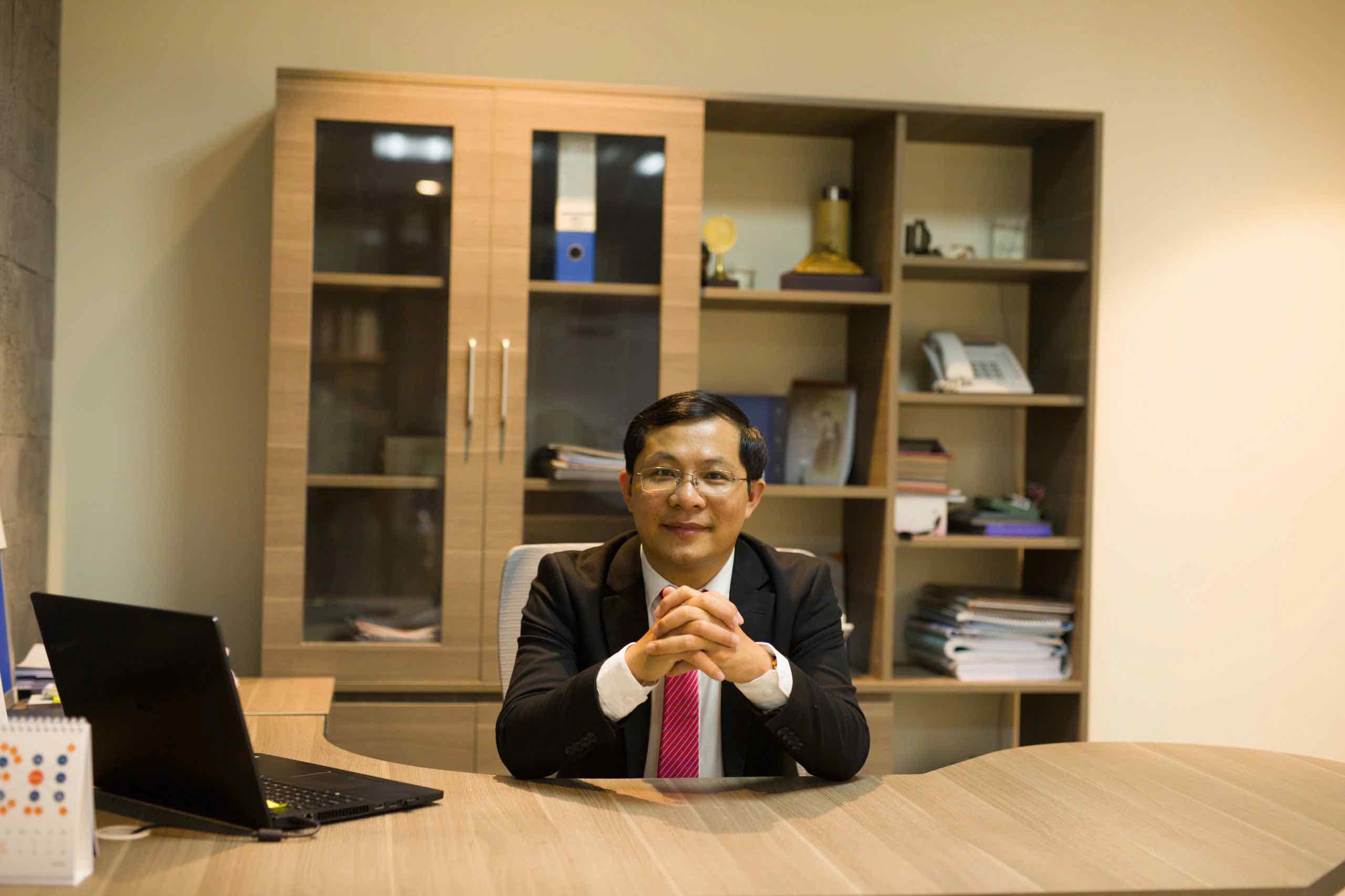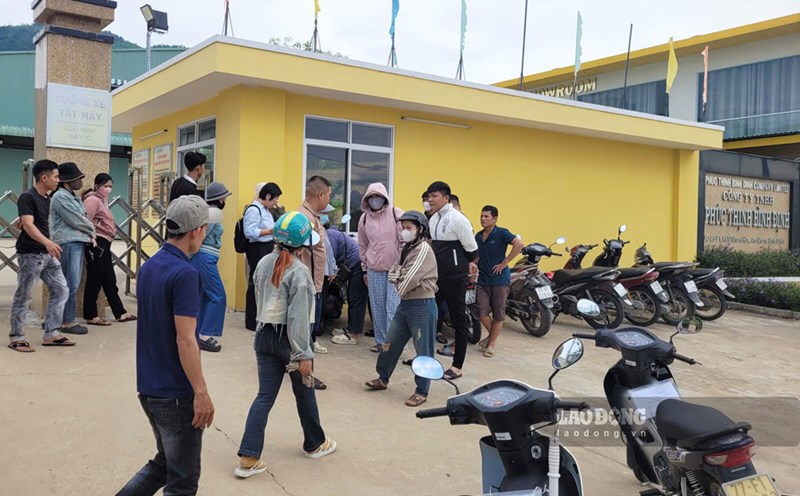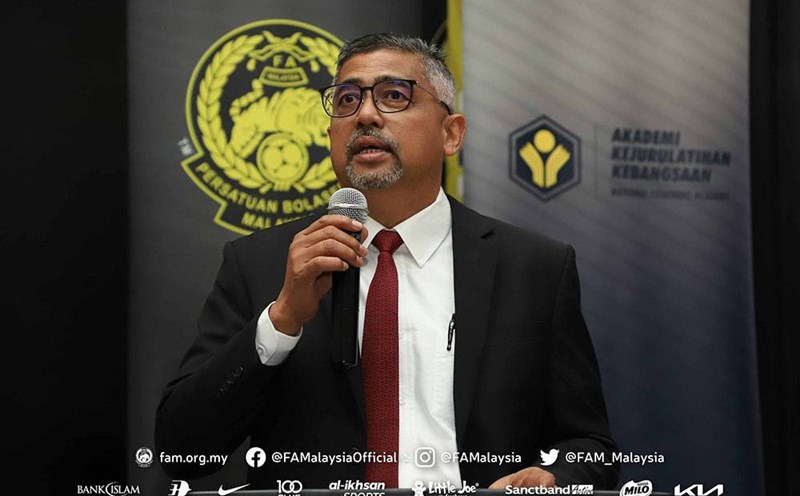Leverage the public human resource quality strategy
According to the report submitted by the Government to the National Assembly on the implementation of consultation resolutions in the field of internal affairs, the work of streamlining the payroll still faces many challenges in the period of 2025-2026.
Some areas such as education, healthcare, and social security have high characteristics and large workloads, while the need for streamlining must ensure compliance with the targets set by the Politburo. This requires streamlining not only in quantity, but also a strong shift to streamlining in quality and efficiency.
The report clearly stated that there is still an uneven situation among localities: Some places have sharp reductions, some places have kept reserve positions; some units have reduced the number but have not restructured their teams to suit job positions.
The Government requires ministries, branches and localities to shift their focus to streamlining from "cutting staff" to "restructuring the apparatus and team".
Dr. Doan Van Tinh - Deputy Head of the Department of Human Resources Management at the Academy of Public Administration and Management - assessed that the Government's orientation on restructuring commune-level human resources demonstrates a strategic and synchronous approach, focusing on two pillars: "Stream" personnel that do not meet requirements and "build" a high-quality team.

The "streamlining" pillar is realized through a general review, assessment, and classification of commune-level cadres and civil servants, while applying a new mechanism for evaluating the effectiveness of operations with qualitative criteria (KPI) as an objective basis for the arrangement and resignation.
However, to ensure the sustainable success of the "team building" strategy, Mr. Tinh said that breakthrough solutions are needed to overcome the fundamental barrier of the salary regime.
"Salary reform must be considered a strategic lever for the quality of public personnel, with a specific roadmap to adjust the salary and allowance regime for commune-level civil servants, especially in areas with high workload and complexity.
If income is not attractive enough, the situation of good human resources leaving the public sector will continue to occur, making it difficult to effectively attract and retain talented people" - the expert emphasized.
Determine and explain each job position
Meanwhile, Mr. Le Quang Trung - former Deputy Director in charge of the Department of Employment (Ministry of Labor, War Invalids and Social Affairs now the Ministry of Home Affairs) - said that salary reform has a fundamental issue: the salary payment mechanism needs to be innovated in the direction of linking with job positions and work results. This is an inevitable trend that many countries are applying.
"To do this, we must first clearly identify each job position, with specific tasks and clear requirements, and for each job position, we need to specifically determine how many tasks.
Each task must be explained why it is necessary to perform this task at this job position and not another job position; issue regulations to evaluate KPI (main performance index)" - he pointed out.
This is to measure and evaluate the level of goal completion of an individual, department or organization, helping to evaluate operational efficiency clearly, transparently and objectively.
He also proposed to have clear, specific, and public regulations to handle cases of failure to complete tasks.
Salary reform also includes encouraging those who bring outstanding work efficiency, have many achievements and initiatives, and apply new science and technology; at the same time, there are forms of recognition and rewards worthy of timely encouragement.











